Optimal Timing for Siding Service
Choosing the optimal time for siding service can impact the quality and durability of the installation or repairs. Weather conditions, temperature, and humidity levels are key factors influencing the best timing for siding work.
Spring offers mild temperatures and lower humidity, making it ideal for siding installation and repairs. This season allows for efficient work with minimal weather disruptions.
Summer provides longer daylight hours, but high temperatures and humidity can affect siding materials and installation processes. Proper planning is essential.
Fall's cooler weather and dry conditions create favorable circumstances for siding service. It is often considered the optimal season before winter.
Winter poses challenges such as cold temperatures and potential snow, which can hinder siding work and affect material performance.
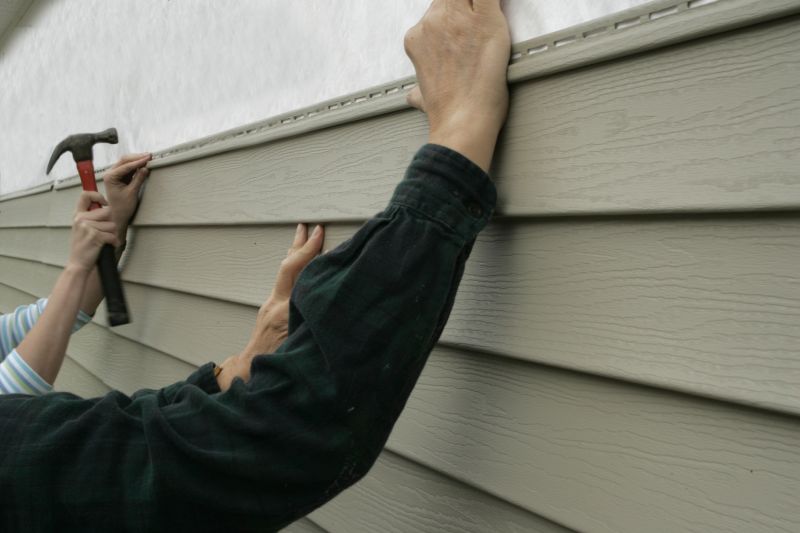
Ways to make Siding Service work in tight or awkward layouts.
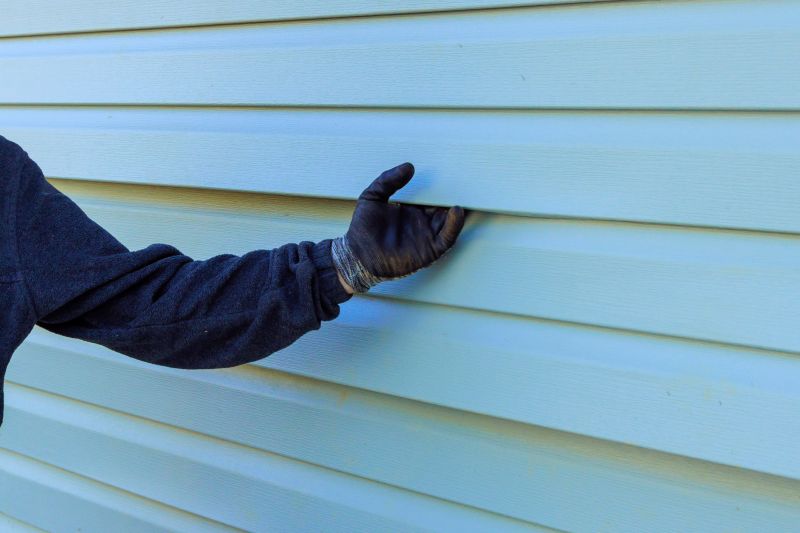
Popular materials for Siding Service and why they hold up over time.
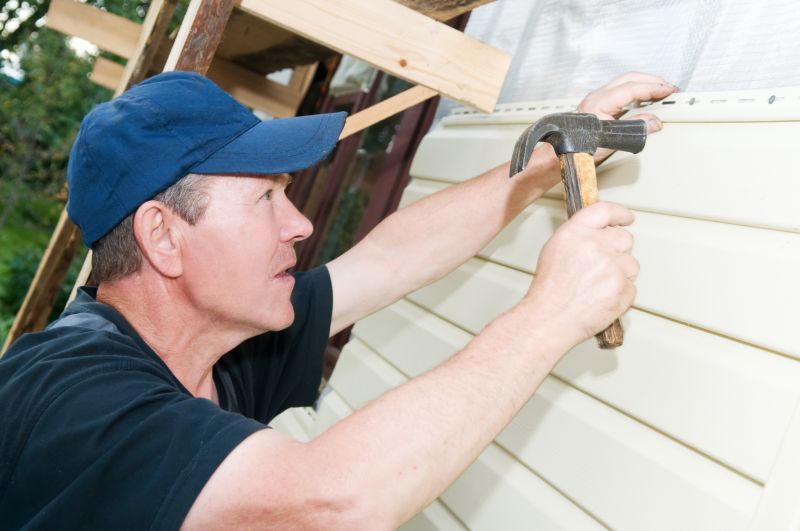
Simple add-ons that improve Siding Service without blowing the budget.

High-end options that actually feel worth it for Siding Service.
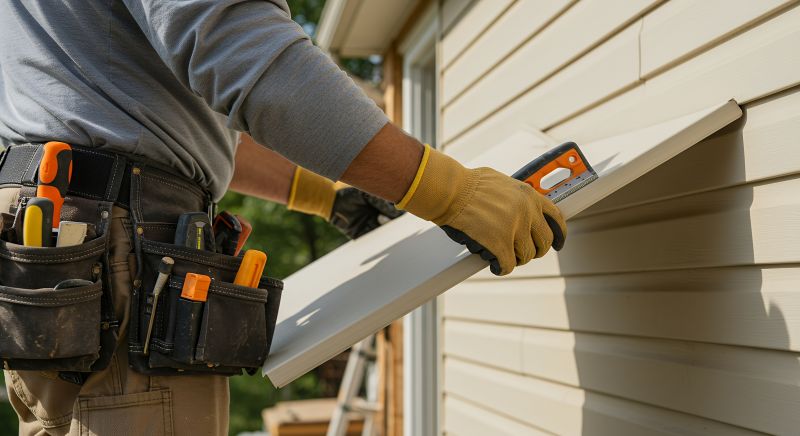
Finishes and colors that play nicely with Siding Service.
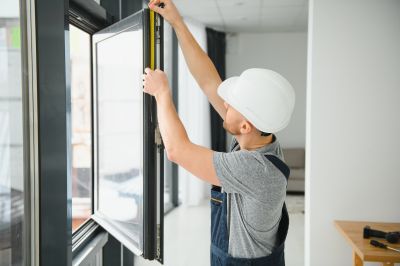
Little measurements that prevent headaches on Siding Service day.

A 60-second routine that keeps Siding Service looking new.
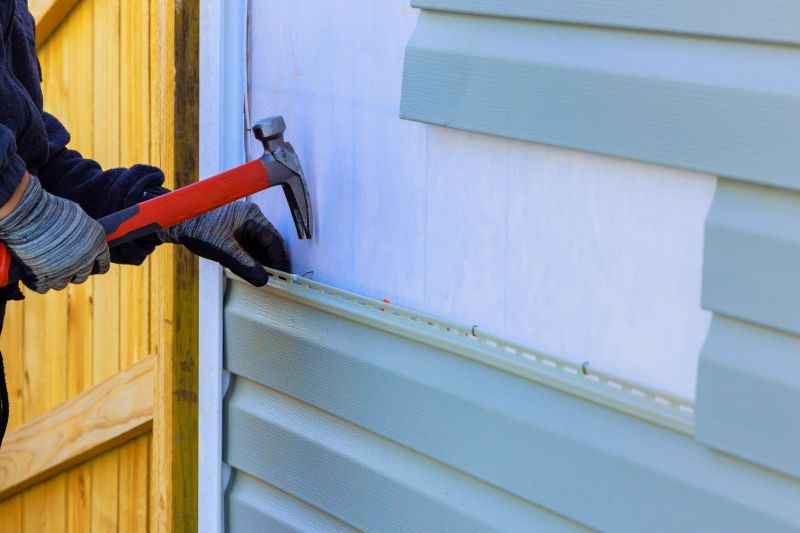
A frequent mistake in Siding Service and how to dodge it.
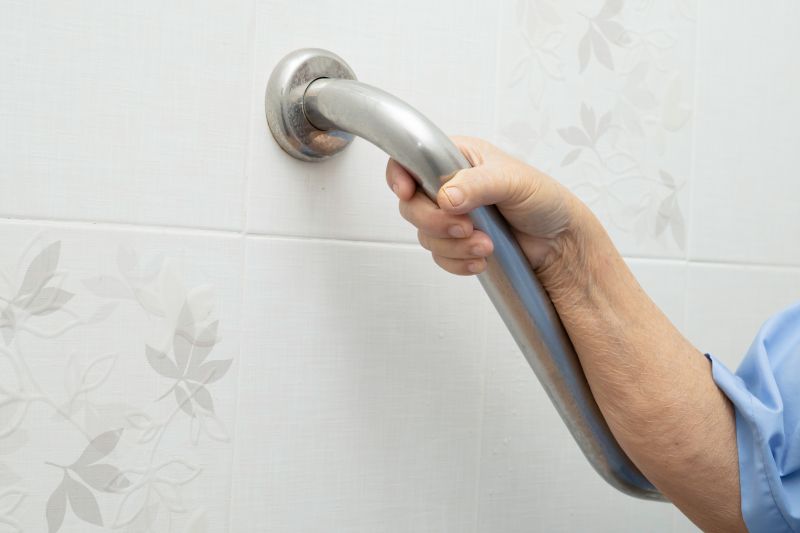
Small tweaks to make Siding Service safer and easier to use.
| Season | Ideal Conditions |
|---|---|
| Spring | Moderate temperatures, low humidity, ideal for installation. |
| Summer | Long daylight hours, but high heat and humidity can be challenging. |
| Fall | Cooler weather, dry conditions, suitable for most siding work. |
| Winter | Cold temperatures and snow can delay or complicate projects. |
Siding service involves the installation, repair, or replacement of exterior siding materials on a building. Proper timing ensures that siding is installed under optimal conditions, which can extend its lifespan and improve its appearance. Different siding materials, such as vinyl, fiber cement, or wood, may have specific seasonal preferences based on their installation requirements. Weather-related factors like rain, snow, and temperature fluctuations can impact the quality of siding work and the longevity of the materials used.
Statistics indicate that scheduling siding service during favorable weather conditions can reduce the likelihood of issues such as warping, cracking, or moisture intrusion. For example, siding installed during dry, mild seasons tends to have fewer callbacks and repairs. Planning siding projects for spring or fall can lead to better outcomes and longer-lasting results.

Lower-waste or water-saving choices for Siding Service.
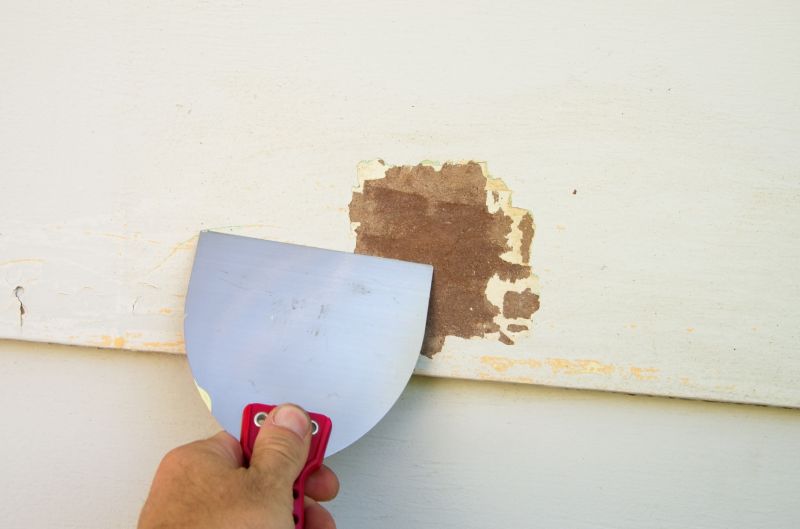
The short, realistic tool list for quality Siding Service.
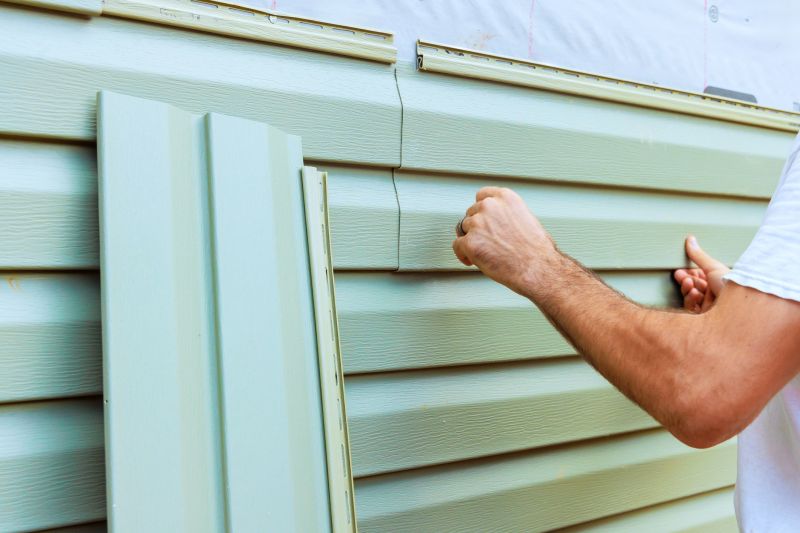
Rough timing from prep to clean-up for Siding Service.
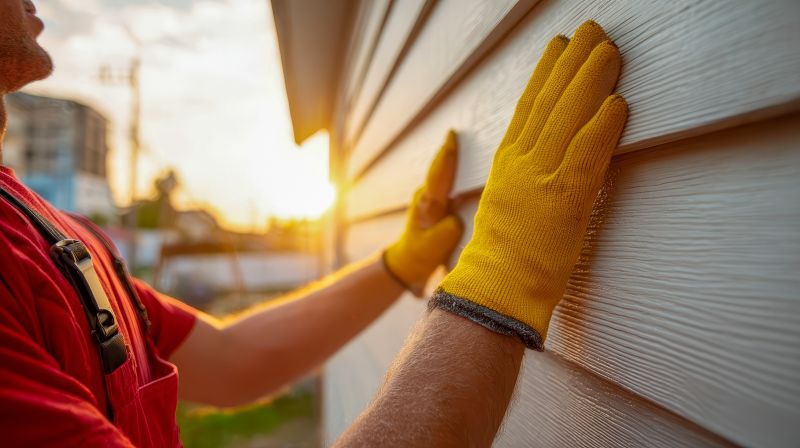
Quick checks and paperwork to keep after Siding Service.
Interested parties are encouraged to contact for scheduling or further information about siding service options. Proper timing can ensure the best results and durability for exterior siding projects.
